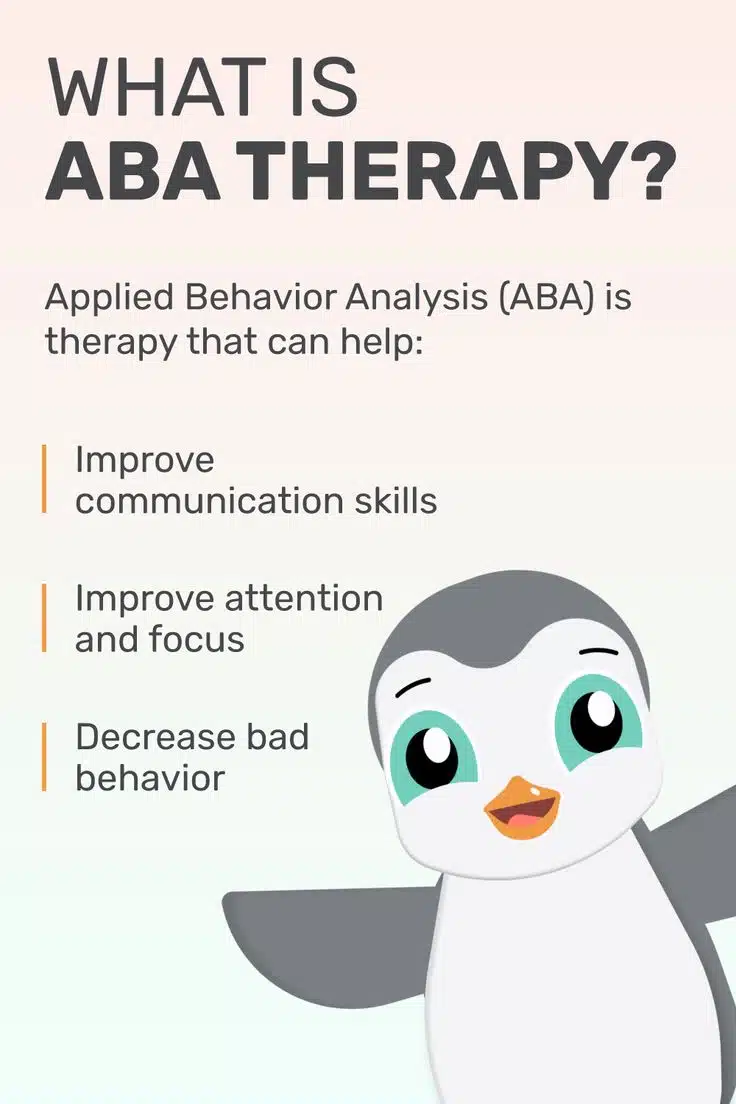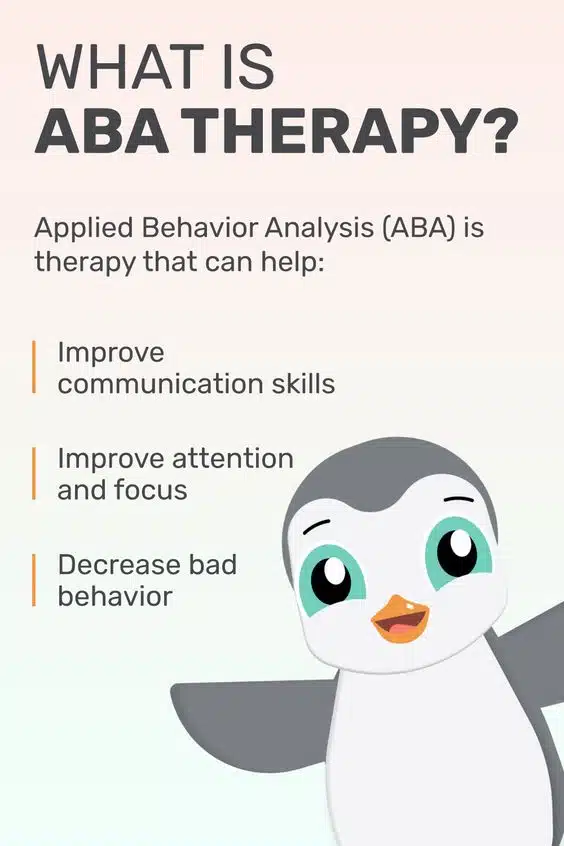Behavioral Artistry is an effective and nurturing approach that supports children with special needs. Here’s how it works:
- Building Rapport: Practitioners establish a positive and supportive relationship with the child.
- Individualized Approach: Interventions are tailored to the child’s unique needs, strengths, and interests.
- Effective Communication: Clear language, visual aids, and other tools enhance understanding and learning.
- Positive Reinforcement: Motivating and rewarding desired behaviors fosters a sense of accomplishment and intrinsic motivation.
- Empathy and Understanding: Practitioners demonstrate patience and recognize the child’s emotions and perspective.
- Creative Problem-Solving: Thinking outside the box to address challenges and adapt interventions.
- Collaboration with Families: Working closely with families to ensure consistency and support progress at home and in other settings.
Behavioral Artistry combines ABA practitioners’ skills with Goally, a tablet-based tool that offers apps for building life and language skills. With features like visual schedules, AAC, gamified learning, and social skills training videos, Goally enhances the implementation of Behavioral Artistry, supporting children’s progress and independence.
This post was originally published on June 2, 2023. It was updated on July 18, 2023.















